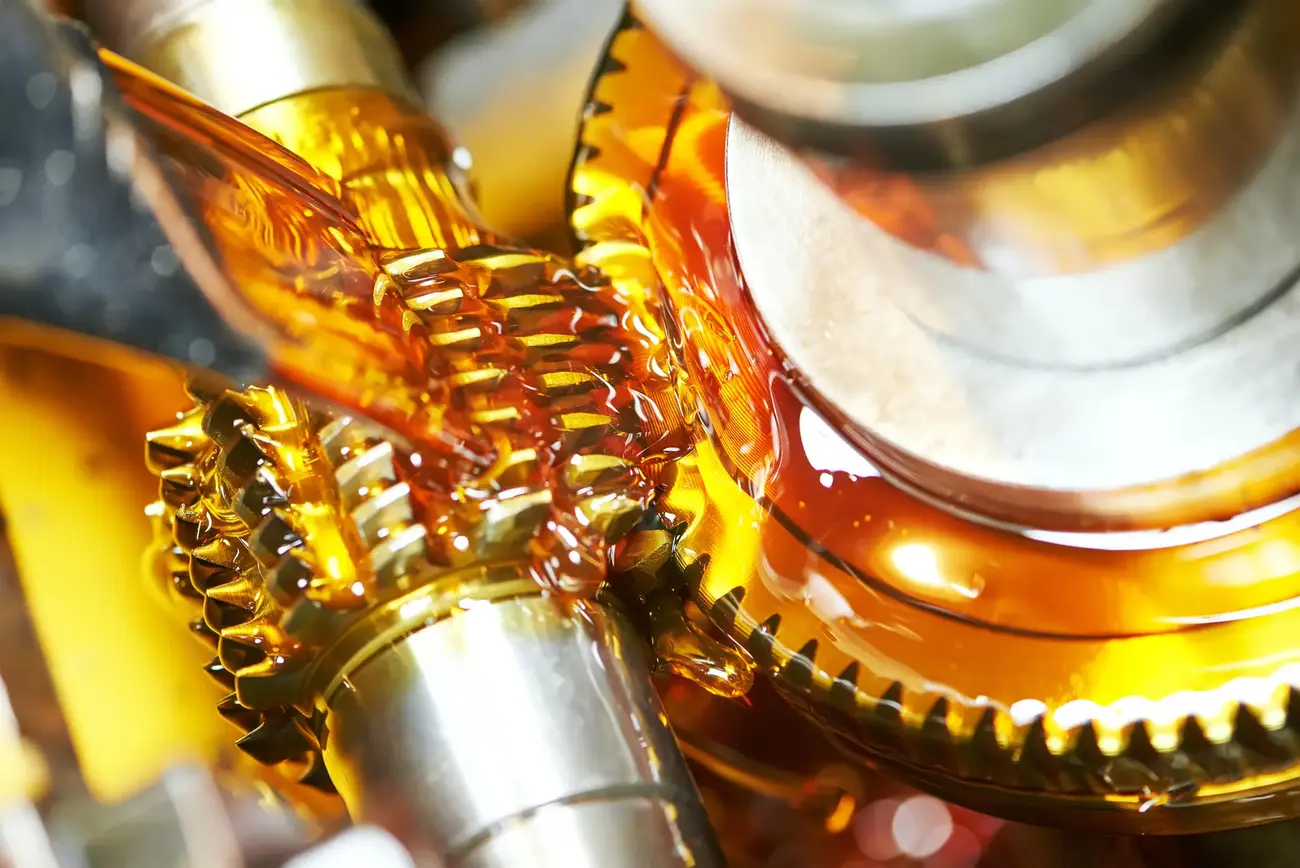Published Date - 10th June 2020

Among the fossil fuelswe have available, LPG is the cleanest burning, cost effective and energy efficient fuel option. It is no wonder India is the second largest consumer of LPG in the world. India is lately seeing rapid growth in the automobile space. LPG is an acronym for Liquified Petroleum Gas, which is acquired by extracting and mixing several gaseous components in the refining process of crude oil. Ethyl Mercaptan is also added to LPG as an odourant to help identify leaks, since LPG is odourless. The gas is then cooled down and compressed under high pressure to take a liquid form, which makes it easier to store and transport.
There are a couple of myths surrounding LPG conversion kits for cars and we aim to clear these out right here.
Myth 1: LPG conversion affects engine performance
Busted: Not quite! Like if you were to compare the Chevrolet Beat 1.2 LS Petrol with the LPG option in the same variant, you would notice that the Max Power and Max Torque of the LPG version respectively is 81 bhp at 6400 rpm, and 104 nm at 4400 rpm, while the Max Power and max Torque of the Petrol version is 79 bhp at 6200 rpm, and 108 nm at 4400 rpm. This negligible difference is mostly because unlike CNG, LPG is highly flammable like petrol and so there’s barely any loss in vehicle performance. So, if you are concerned about how well your vehicle will perform climbing the Ghats, with Auto LPG you have little to worry about.
Myth 2: LPG conversion affects the fuel efficiency of an engine
Busted: Now coming to fuel efficiency… yes, there is a small drop in the fuel efficiency. To speak relatively let’s consider the Beat 1.2 LS Petrol with the LPG in the same variant, the petrol version offers a mileage of 16kmpl as compared to the 14 kmpl offered by the LPG variant in the city, while on the highway the vehicle’s petrol and LPG variants offer 18kmpl & 16kmpl respectively. However, when you consider that the price of Auto LPG is Mumbai is Rs. 43.99 as over Rs.76.31 for Petrol, it is clearly evident that over all LPG is still by far a more economic option.
Myth 3: Running your car on LPG is not safe
Busted: As overusing tanks made from composite plastic for petrol cars, Auto LPG tanks are made from steel and are fitted with overflow protection. The overflow pressure relief valves are also designed to withstand higher levels of gas expansion. LPG stored in cylinders is usually around 6 kg/sqcm pressure, but the cylinders/tanks are manufactured to withstand up to 30 kg/sqcm of pressure safely. Allthese factors come together to create the highest safety standards a priority in making Auto LPG safe.
Myth 4: There is a loss of boot space with LPG vs petrol cars
Busted: That’s not entirely true, unlike CNG tanks, an LPG fuel tank is made to fit in the spare tyre well. Additionally, since tanks are available from capacities of 35kg, the space used up is around 20% of boot storage available. Hence creating sufficient space and clearance.
Myth 5: Running Car on LPG reduces the life of the engine
Busted: Compared to Petrol and Diesel, LPG is a cleaner burning fuel, so engine life is prolonged on the contrary. Also, auto LPG is over 100 Octane, which eliminates pre-ignition knocking, which can cause damage to the engine.
Another important point we mustn’t miss out, is that with all the effort government is initiating to curb air pollution. The rapid growing demand for Auto LPG is a good sign because Auto LPG offers reduced CO emissions compared to petrol engines. There are also no heavy HC emissions, not to mentions low emission of toxic air contaminants like benzene & 1,3 butadiene, which is why you should consider Auto LPG as a viable fuel alternative for your vehicle.

What is the role of a lubricant for your vehicle?
A lubricant prevents engine wear, reduces friction between moving parts of your vehicle, reduces heat and helps a longer life for your engine. Learn more on the benefits and applications of controlling corrosion, wear and tear.